PC gaming is at its best when a port uses the platform’s strengths. Strong ports scale well across hardware, offer extensive settings, and support the inputs people actually use. When those things are missing, even great games can feel rough on a decent rig and almost unplayable on lower end systems.
This list looks at PC releases that became cautionary tales for developers and players alike. You will find examples of fixed resolutions, unstable performance, broken launchers, and features that never showed up. In each case there are specific problems to learn from, along with the patches or community fixes that tried to clean up the mess.
Batman: Arkham Knight
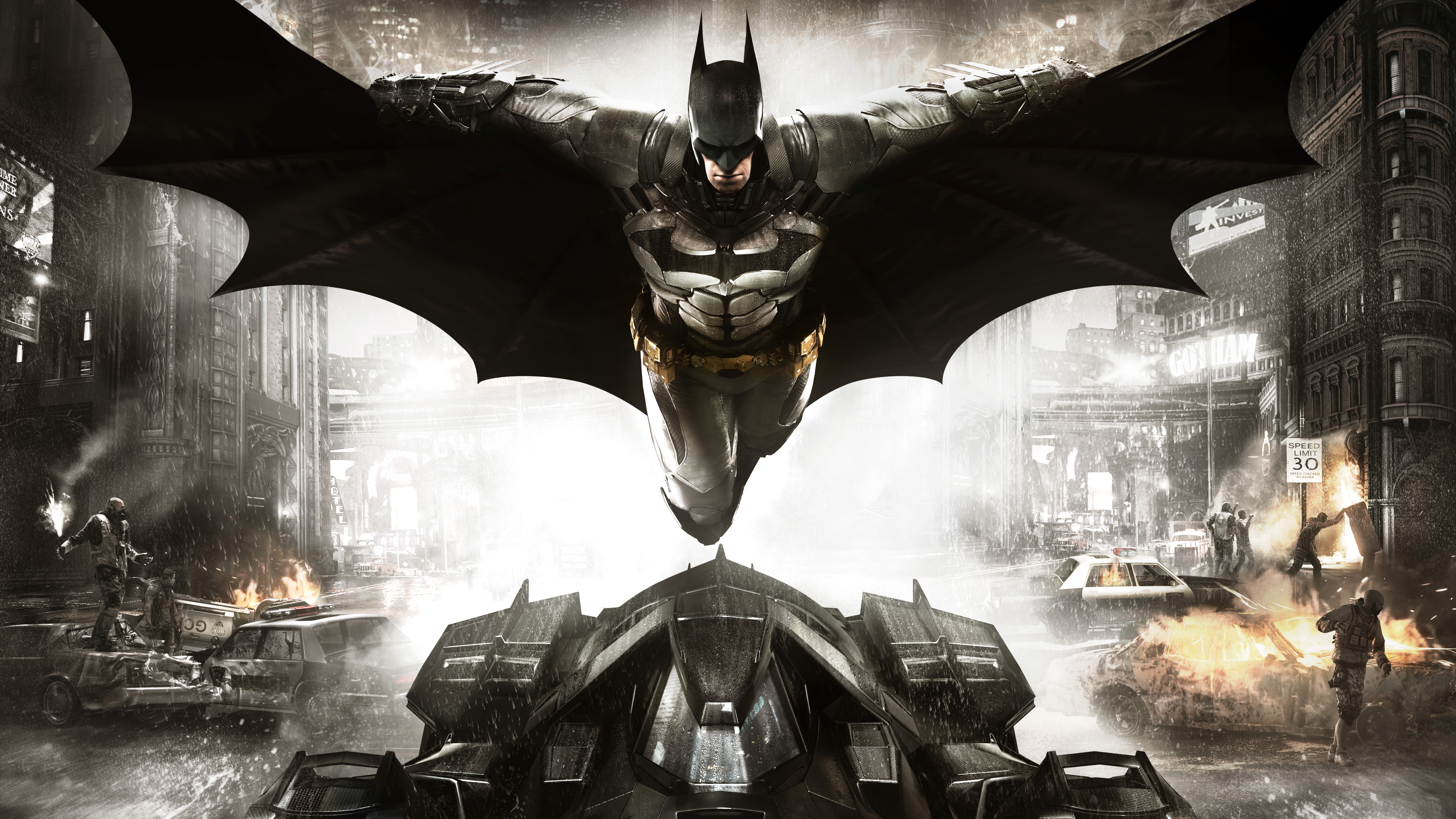 Warner Bros. Interactive
Warner Bros. InteractiveThe PC release suffered from severe streaming hitches that caused constant stutter in open areas and during Batmobile sequences. Many users reported memory leaks and inconsistent frame pacing that made the game feel choppy even when the frame counter looked fine. The launch build also limited core visual options and included a 30 frames per second cap in certain scenarios that required manual tweaks to change.
Performance problems were so widespread that the game was pulled from sale on PC shortly after release and returned only after multiple patches. Even then, issues persisted on a range of hardware configurations with specific complaints about rain effects, texture streaming, and VRAM usage. The port became a case study in quality control and platform parity at launch.
Dark Souls: Prepare to Die Edition
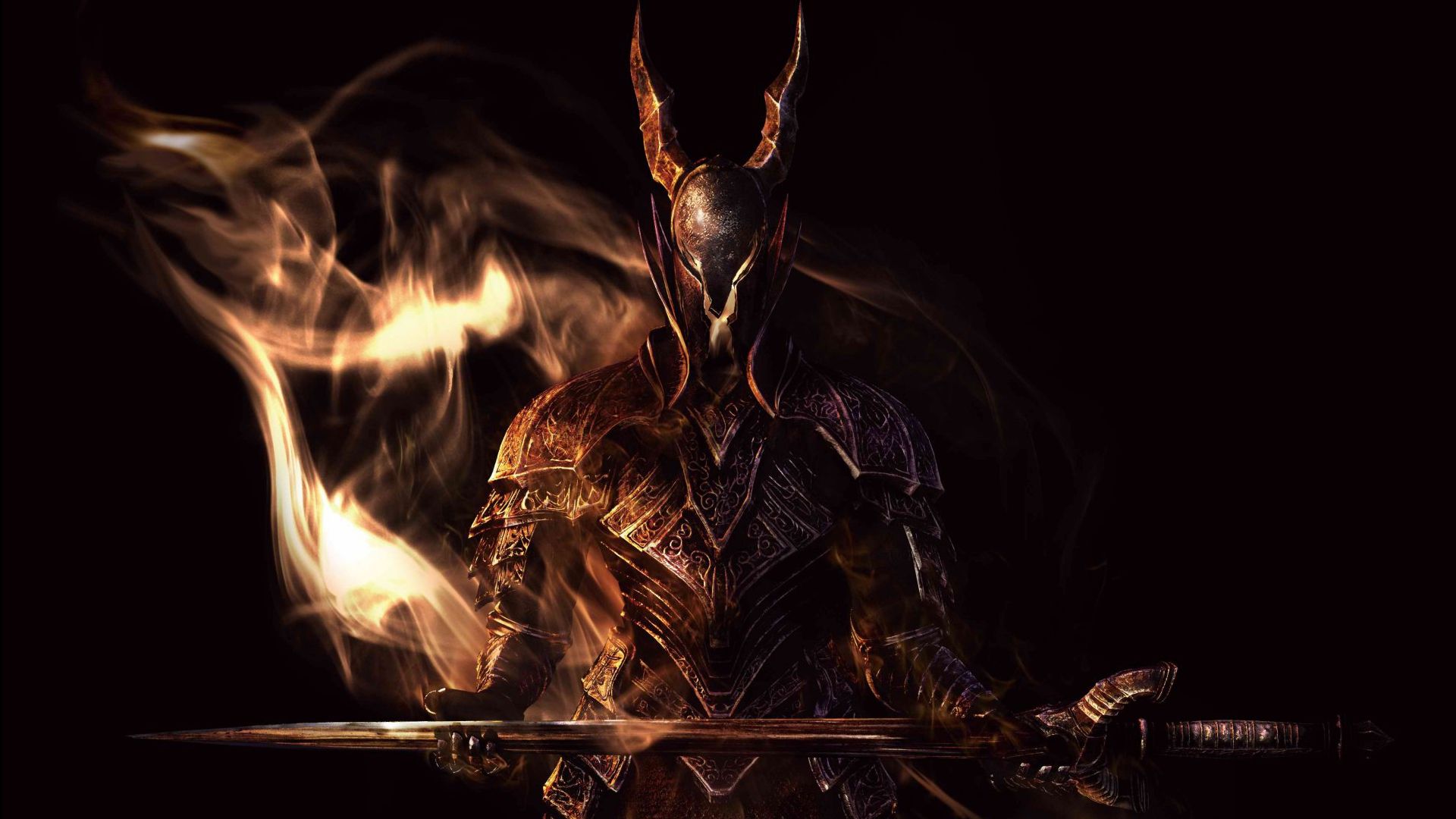 Bandai Namco Entertainment
Bandai Namco EntertainmentThe game arrived with a fixed internal resolution of 1024 by 720 and a 30 frames per second limit that was tied to the simulation. This meant physics and animations behaved unpredictably if you tried to force higher frame rates through external tools. Keyboard and mouse support was minimal at launch and the interface clearly assumed a controller.
Games for Windows Live was required, creating account and save reliability headaches. The community responded with a popular fix that unlocked resolution and improved input handling, but these improvements were outside the official support path and could be fragile after updates. The later remaster addressed many of these concerns, which highlighted how far the original port had missed the basics.
Grand Theft Auto IV
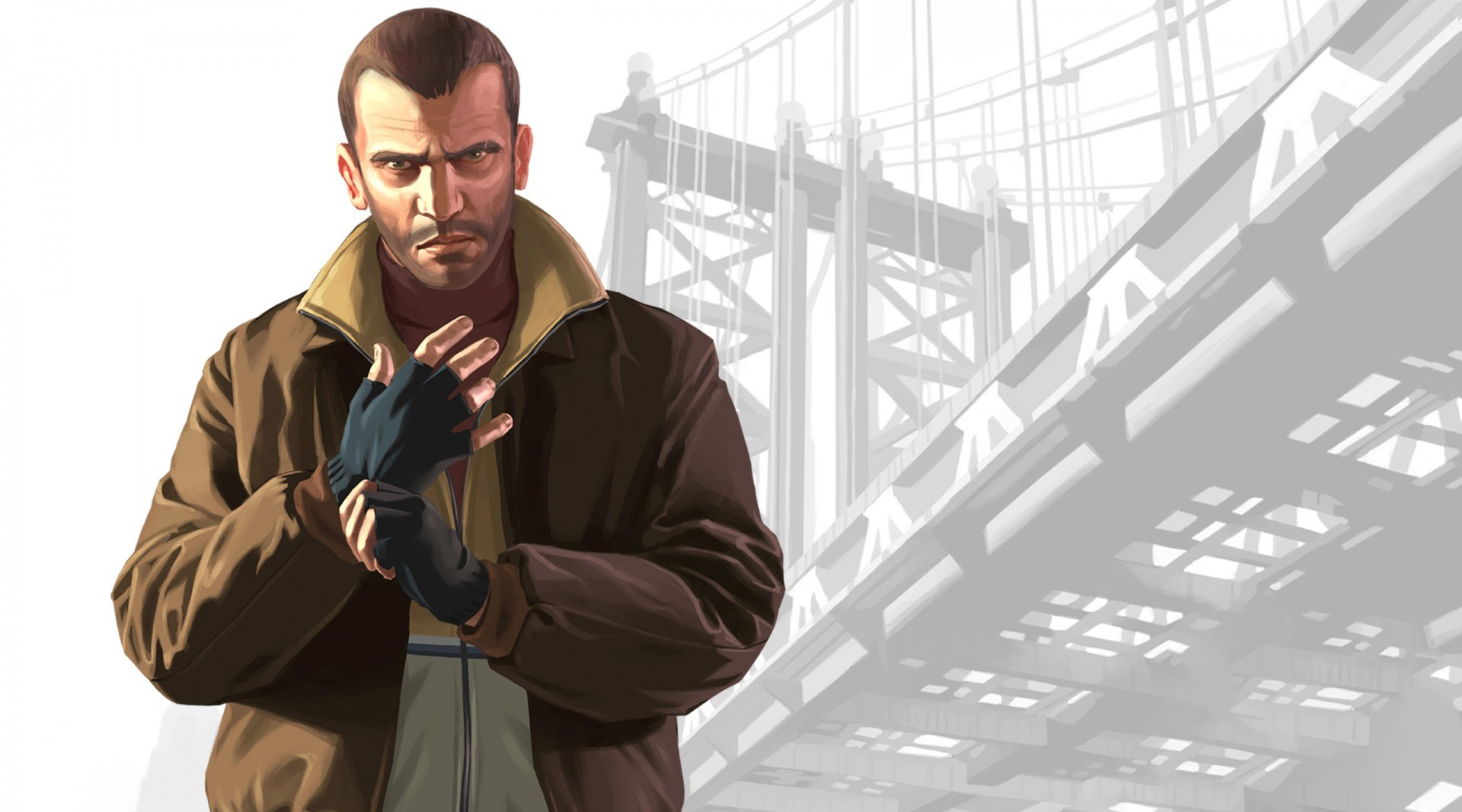 Capcom
CapcomAt launch the PC version demanded a lot of CPU power and still struggled to maintain smooth frame times. The game’s settings screen included sliders that could easily exceed the memory available on typical hardware, which led to low performance or instability. Early builds also depended on both Rockstar Social Club and Games for Windows Live, adding friction before you ever reached gameplay.
Over time patches improved stability and removed legacy account requirements, but performance remained inconsistent. Users on powerful hardware reported heavy stutter in busy areas of Liberty City and inconsistent scaling across different GPUs. The experience made system tuning unusually time consuming for what should have been straightforward settings.
Saints Row 2
 Deep Silver
Deep SilverThe PC version shipped with timing tied to a 30 frames per second target, which caused mission scripts and physics to misbehave if you tried to raise the frame rate. Performance was erratic on a wide range of setups and the port had audio desynchronization and input problems that complicated even basic play. The in game options did not provide the tools needed to fix these problems.
Community efforts produced unofficial patches that corrected timing, improved stability, and restored missing features. Despite those advances the official build remained a difficult recommendation because repeatable results depended on a specific set of third party fixes. The situation underscored the need for proper PC timing and configuration support at the source.
Resident Evil 4
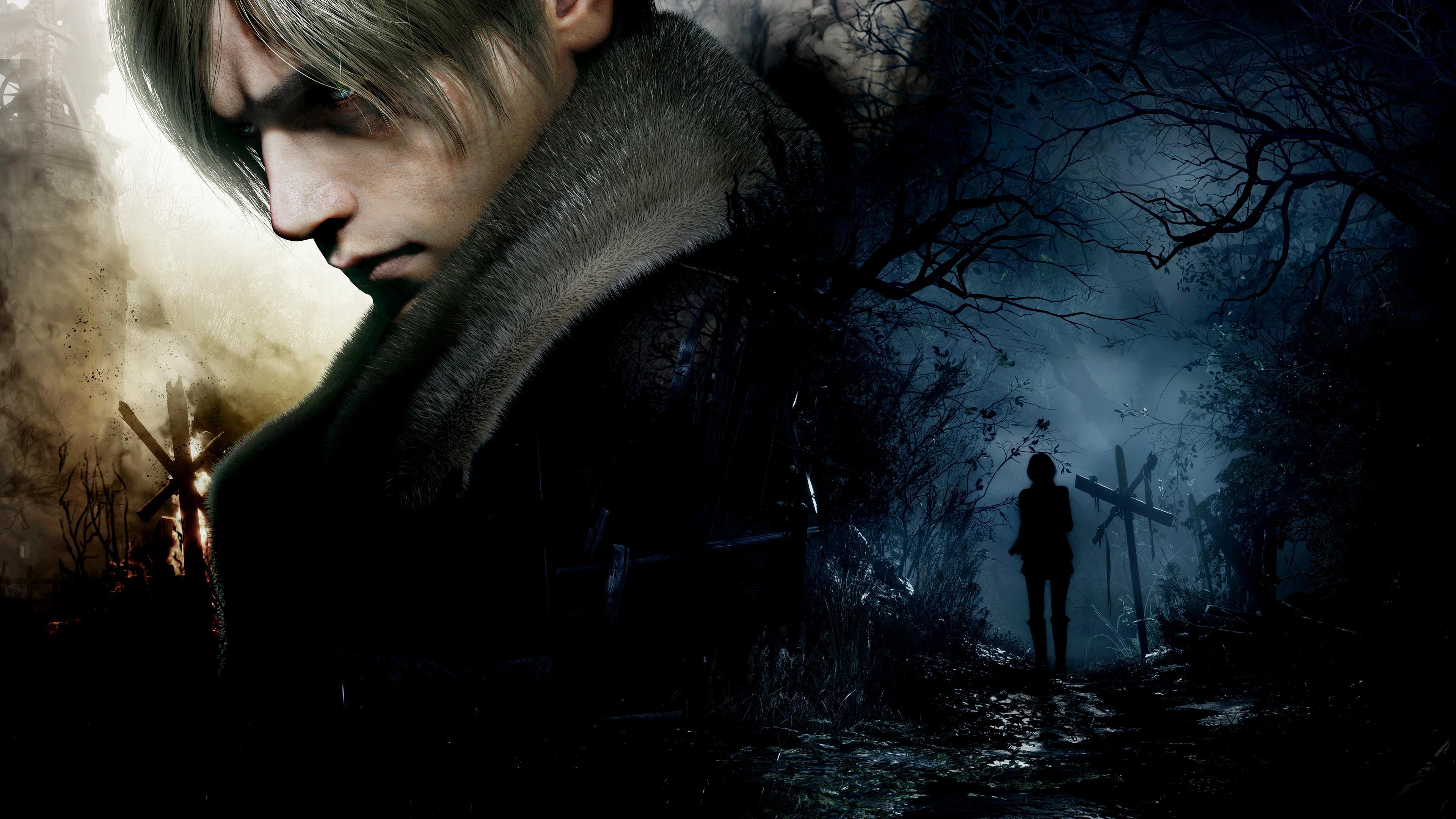 Capcom
CapcomThe first PC release lacked core visual features from the console version, including proper lighting effects and certain post processing elements. Mouse input was either missing or poorly mapped and quick time events still referenced controller buttons instead of keyboard prompts. The options menu offered little control over resolution and anti aliasing.
A later release added high resolution textures and improved input support, but the original port had already set a low bar for basic PC functionality. Many players relied on community texture packs and input mods to approach the intended presentation and control scheme. The contrast between versions showed how important it is to preserve core visuals and inputs in a port.
Mortal Kombat X
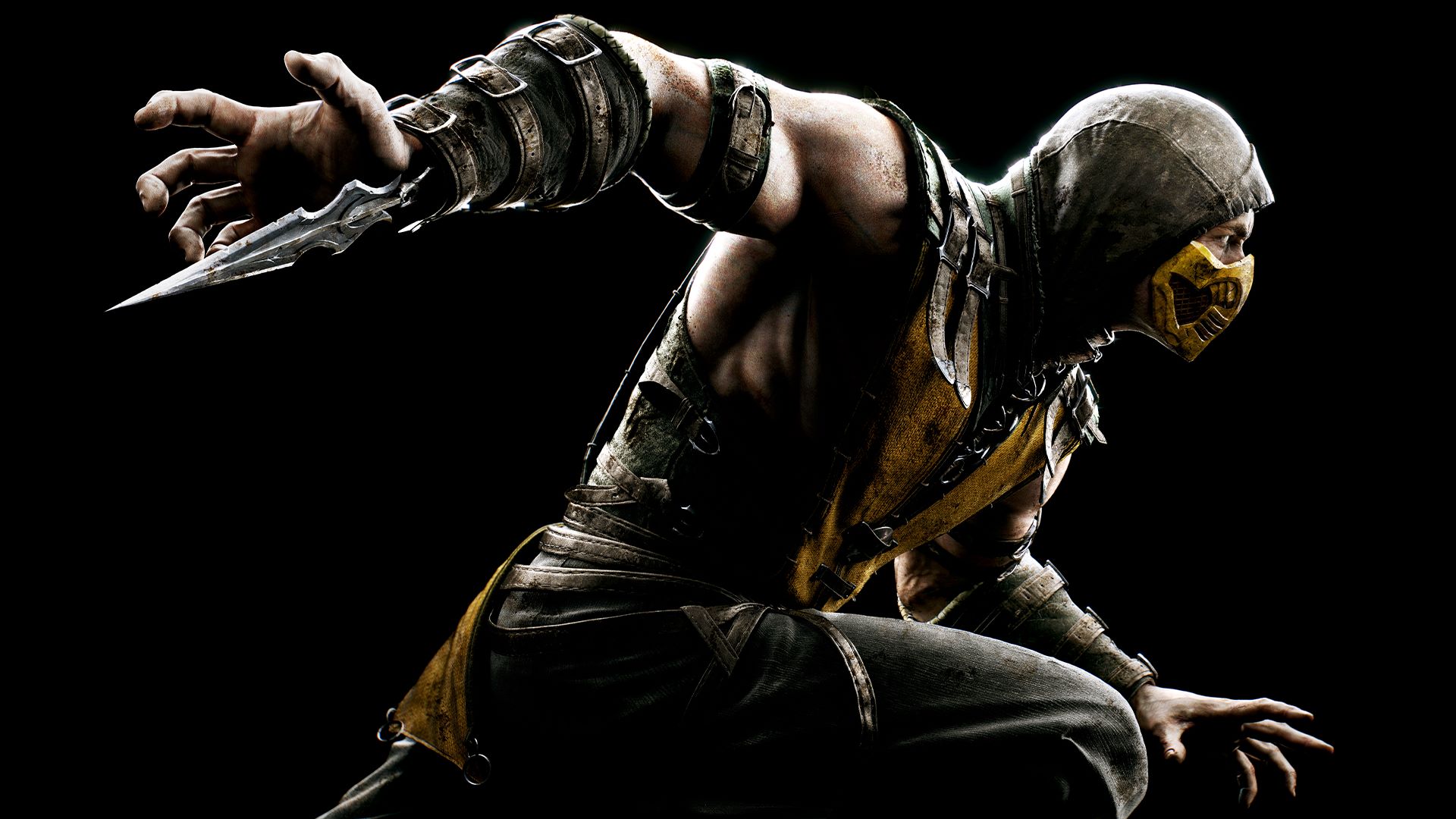 Warner Bros. Interactive
Warner Bros. InteractivePC users encountered frequent crashes and unreliable online play, especially during the early months. Content deployment created additional problems when large updates had to redownload or failed to apply, which left players unable to access new characters or modes. The initial netcode was prone to disconnects and input delay.
A later overhaul improved online performance and stability, but rollout on PC lagged behind other platforms and certain upgrades skipped the platform for a time. Players who bought in early faced a long wait for parity and consistent patches. That uneven support left a lasting mark on the game’s reputation on PC.
Nier: Automata
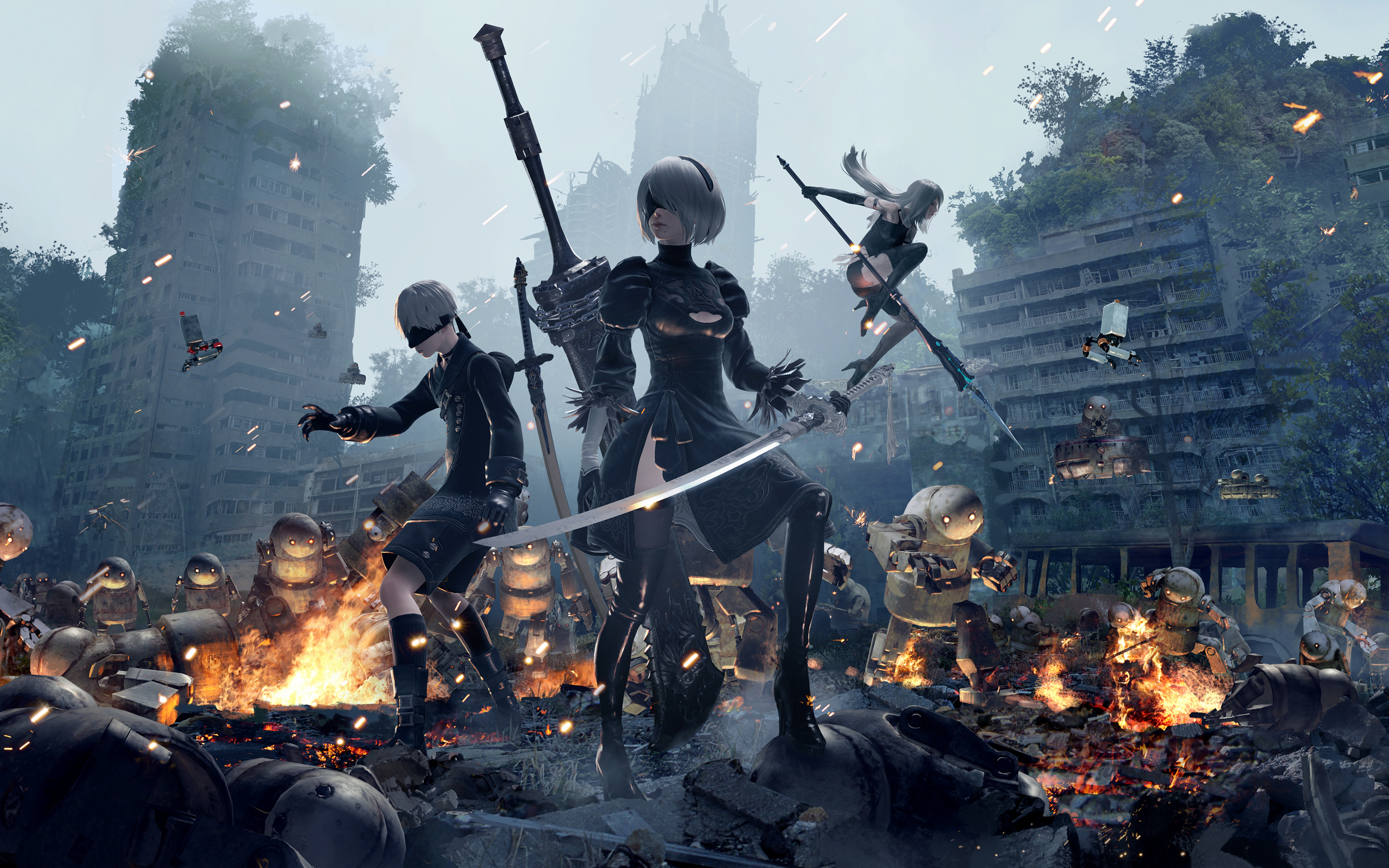 Square Enix
Square EnixThe PC version launched with issues related to resolution scaling and borderless fullscreen. Many users noted inconsistent performance in certain zones and a lack of official fixes for a prolonged period. The game also exhibited problems with aspect ratios and screen tearing without easy solutions in the menu.
An official patch eventually addressed several long standing issues, but for years the community fix was considered essential to achieve stable performance and proper presentation. That reliance on third party solutions became the de facto setup guide for new players. The end result showed how delayed support can define a port as much as its launch state.
Final Fantasy XIII
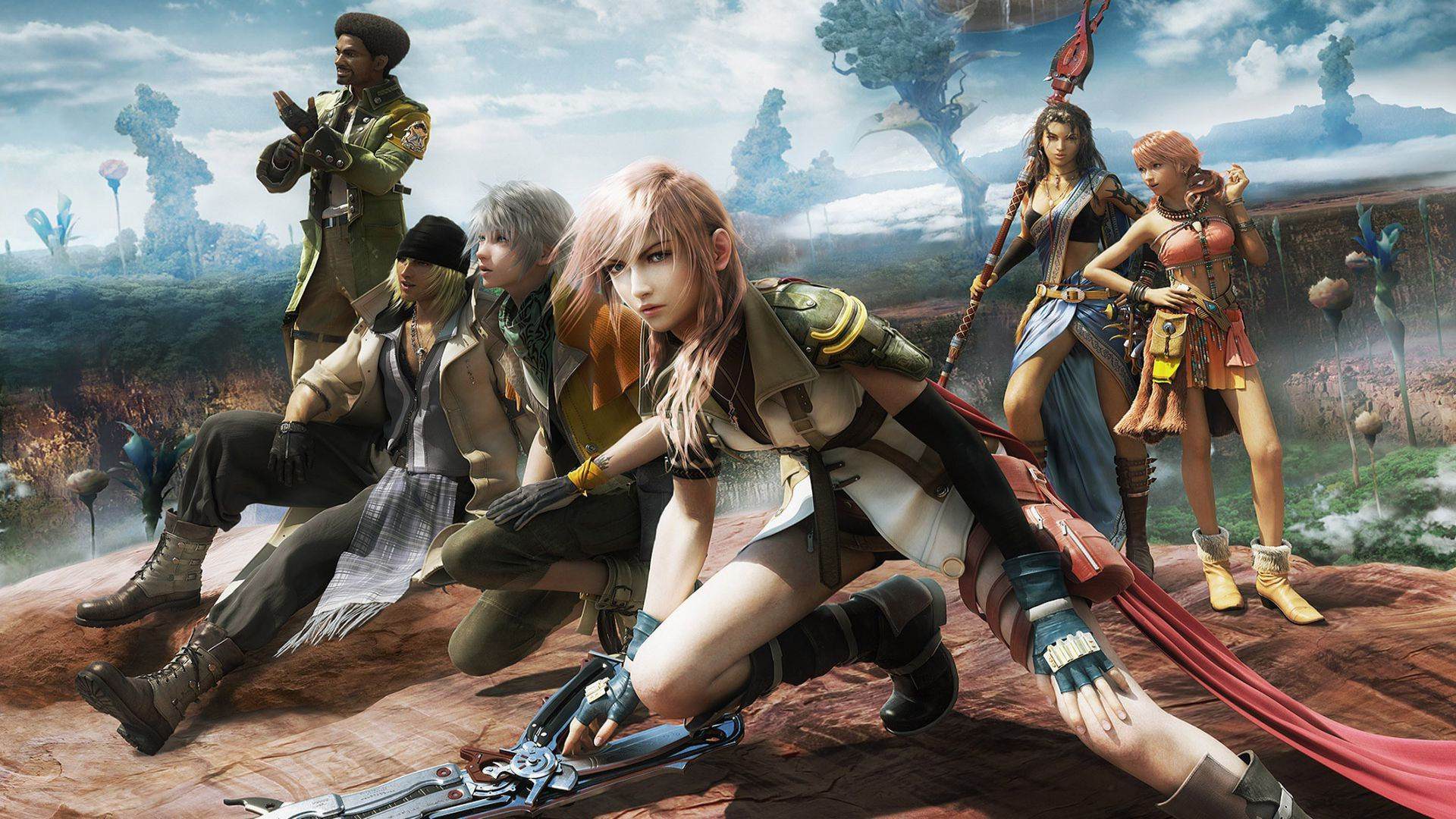 Square Enix
Square EnixThe initial release shipped with a maximum resolution of 1280 by 720 and offered almost no graphics options. Anti aliasing, shadow quality, and texture settings were not exposed in the menu, which forced users to depend on external tools. Cutscenes were encoded at low resolutions that looked rough on modern displays.
A patch later added resolution options and improved some technical aspects, but gaps remained in feature support and configuration. Players frequently used community tools to scale beyond the newly added options and to improve controller behavior. The launch made it clear how much a PC version needs comprehensive settings on day one.
Tales of Symphonia
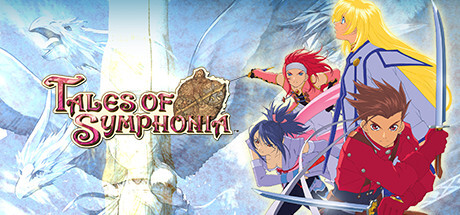 Bandai Namco Entertainment
Bandai Namco EntertainmentThe PC release targeted 30 frames per second and suffered from noticeable stutter and input latency. The port included an always online check at launch that could cause slowdowns and instability. Visual assets were inconsistent in quality and some textures looked worse than earlier versions.
Community fixes addressed frame pacing, texture quality, and input behavior, but official updates moved slowly. Even with those fixes the port retained quirks such as poor windowed mode handling and unreliable alt tab behavior for some users. The overall experience required more tinkering than a typical player would expect.
Chrono Trigger
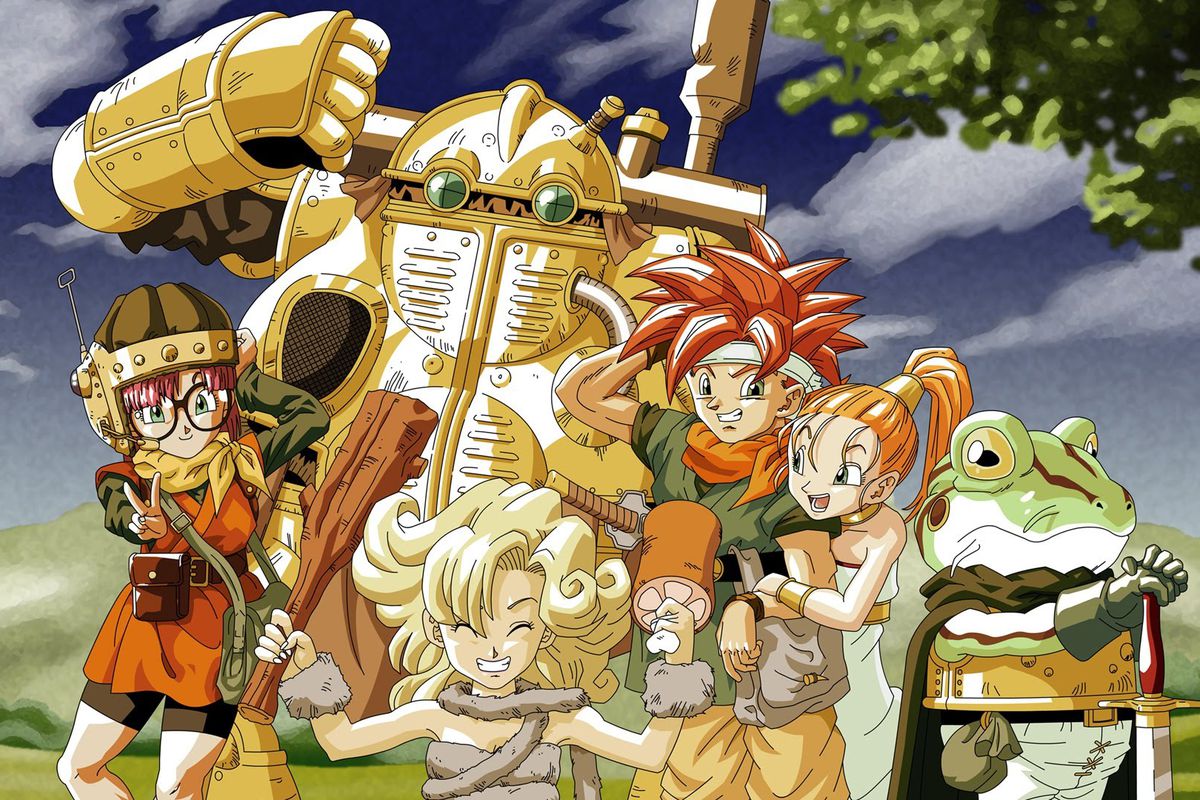 Square Enix
Square EnixThe initial PC version reused mobile interface elements that did not fit keyboard and mouse or controller use on a desktop. Font rendering, sprite filtering, and the overall UI looked out of place on a monitor. Presentation settings were limited and certain effects appeared softened compared to classic releases.
Multiple patches over the following months improved the interface, added visual options, and restored classic look settings. While the end result became much more playable, early buyers spent significant time waiting for these improvements. The release cycle became a lesson in tailoring UI to the platform from the start.
The Last of Us Part I
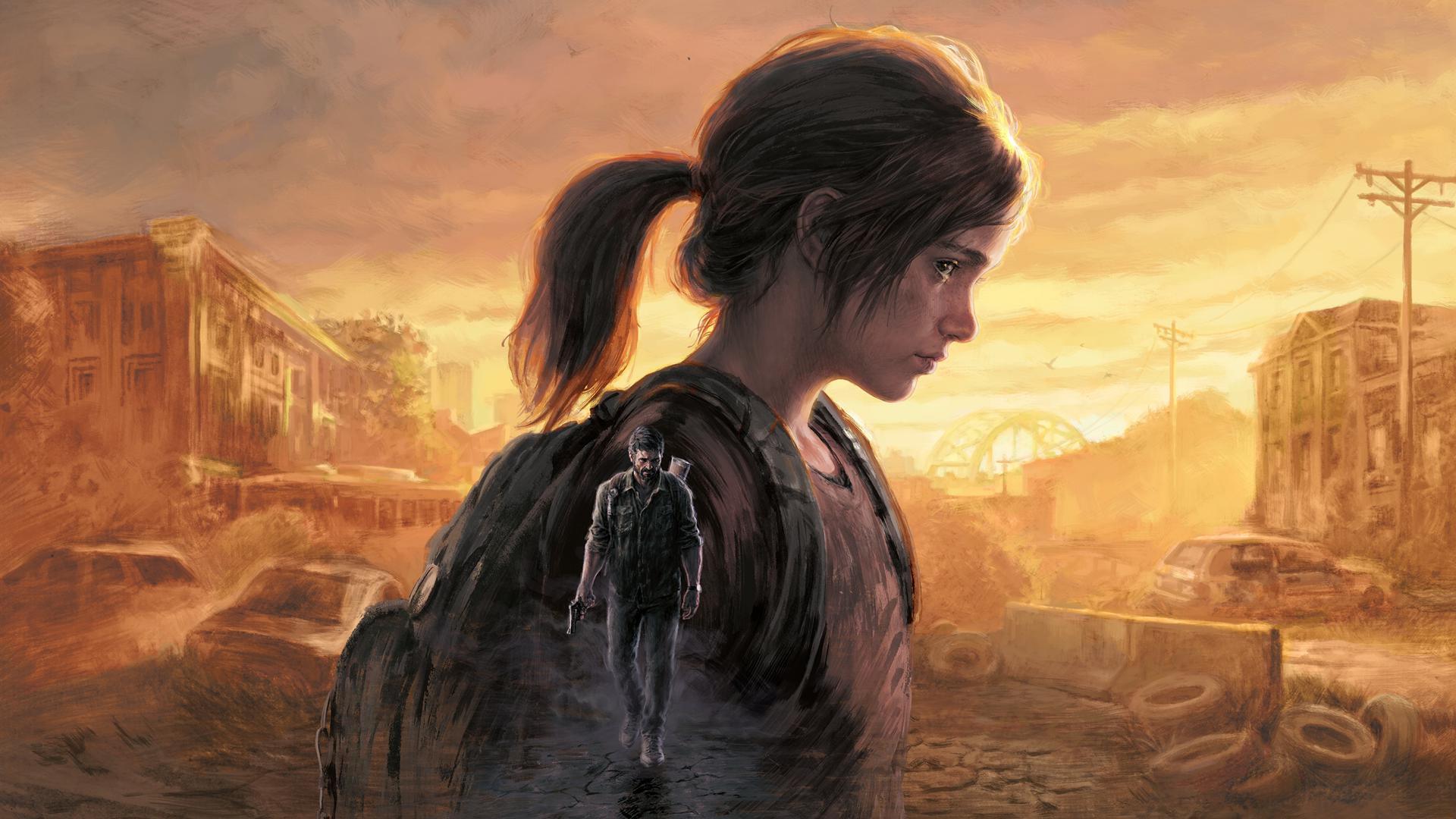 Sony Computer Entertainment
Sony Computer EntertainmentAt launch the PC version required lengthy shader compilation that could take a long time on first run. During gameplay users encountered stutters related to shader loading and reports of memory leaks that caused crashes. The build also showed heavy CPU usage in some scenes and inconsistent performance across comparable GPUs.
Hotfixes and larger patches reduced compile times and addressed stability problems, but the first impression was dominated by crashes and long waits. The port highlighted the importance of precompiled shaders and robust testing across driver versions. Players who returned later found a better experience, but early adopters had to troubleshoot heavily.
Star Wars Jedi: Survivor
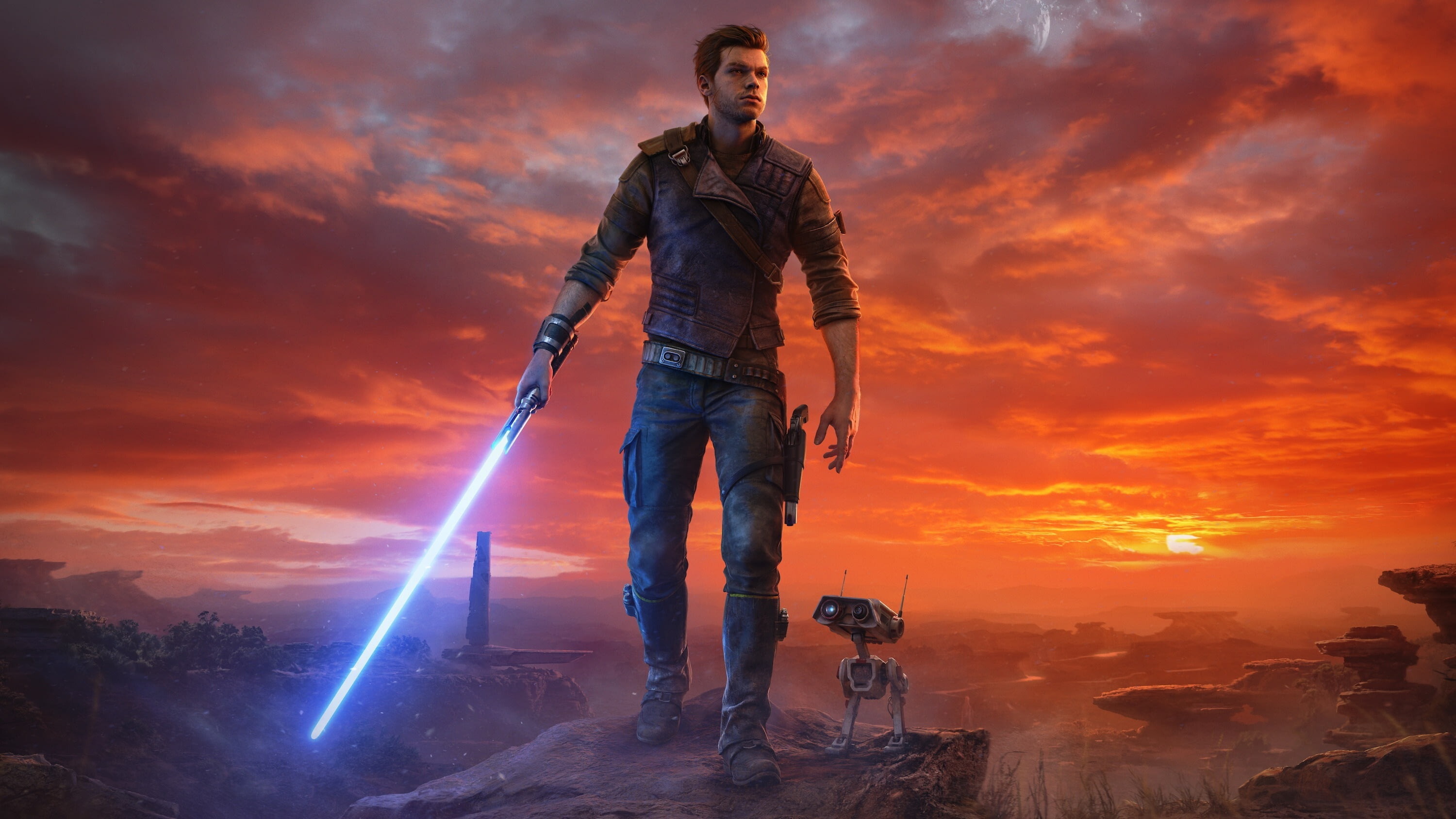 Electronic Arts
Electronic ArtsThe PC build struggled to maintain smooth frame times on strong hardware, with large drops in busy hubs and during traversal. Users reported poor CPU thread utilization and inconsistent scaling with high end GPUs. Texture streaming hiccups and traversal stutters were common even after patches.
Developers released performance updates that improved certain areas, yet the game continued to challenge systems well above the recommended specs. Options added for upscaling and ray tracing toggles helped some configurations but did not fully solve frame pacing. The launch reinforced how demanding open areas can be when streaming is not tuned for PC.
Horizon Zero Dawn
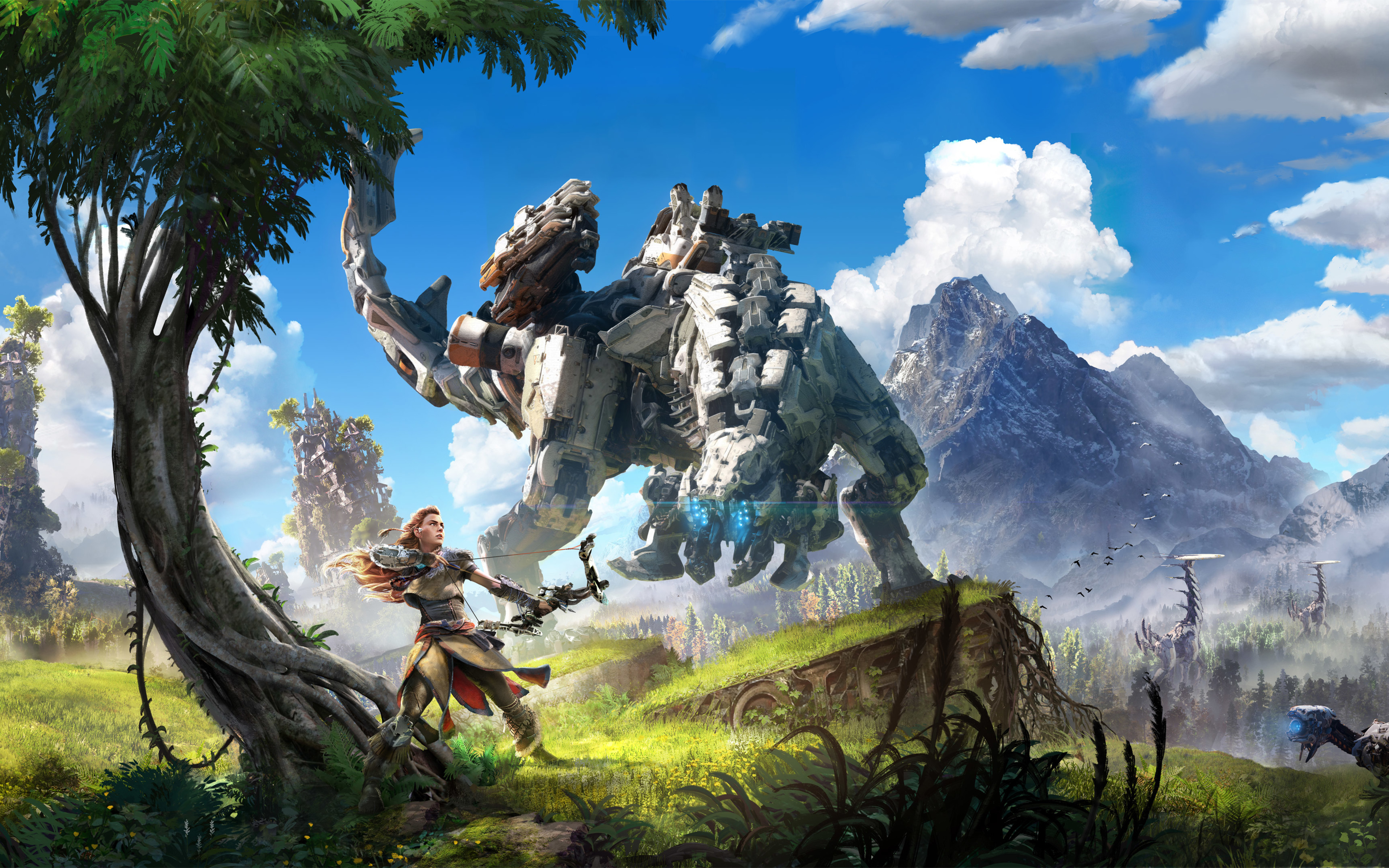 Sony Computer Entertainment
Sony Computer EntertainmentThe initial PC release suffered from frequent stutters tied to shader compilation and asset loading. Crashes were common during cutscenes and when switching between borderless and fullscreen. The settings menu lacked clarity on how certain options affected CPU or GPU load, which complicated tuning.
Subsequent patches stabilized performance, introduced better shader handling, and improved crash reporting. Over several months the game became one of the better looking open world titles on PC, but the road there required patience. The case demonstrated how a strong patch plan can rescue a shaky start, though it cannot undo a rough launch window.
Red Dead Redemption 2
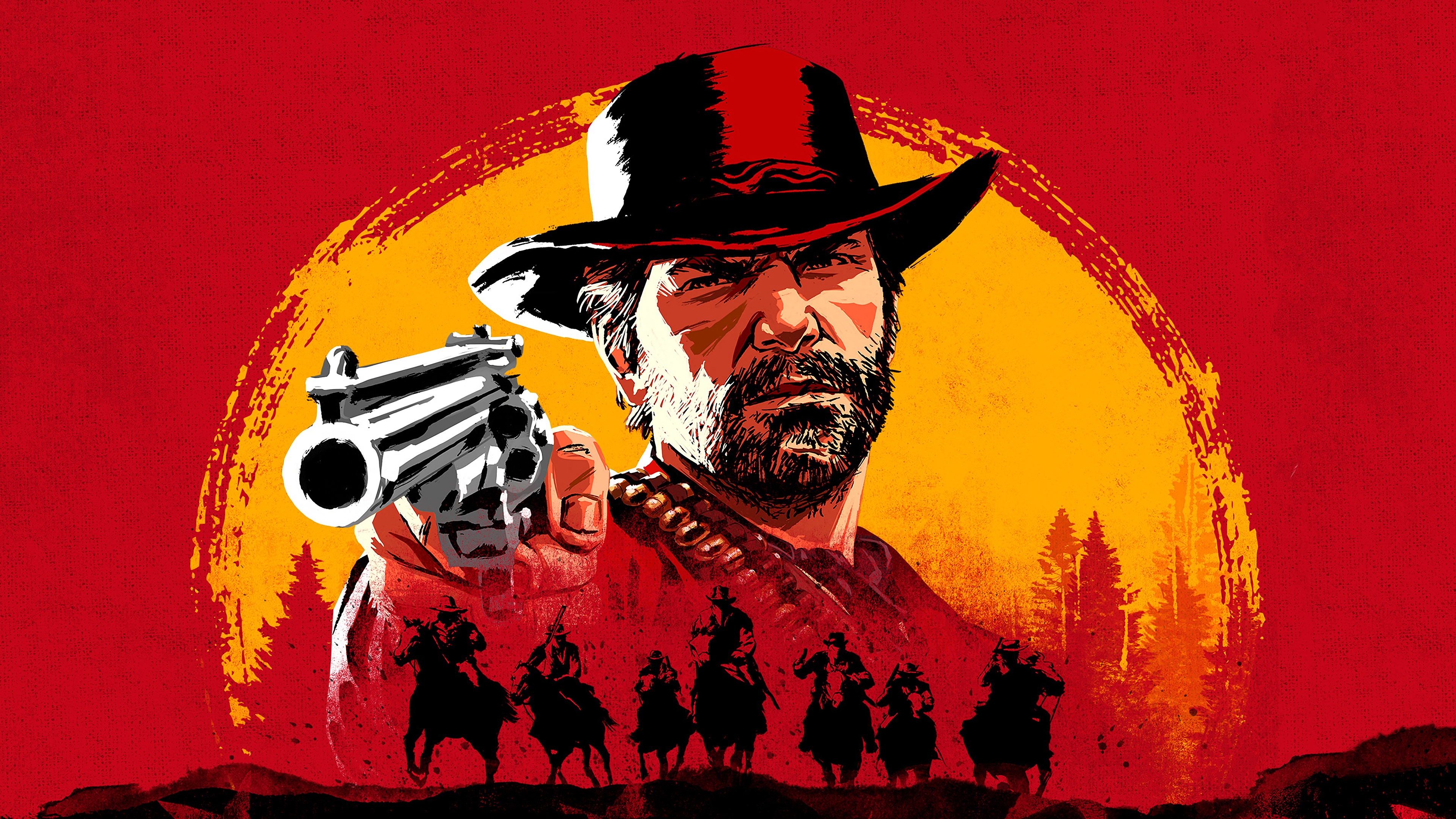 Rockstar Games
Rockstar GamesOn day one many PC users experienced crashes tied to the launcher and to API selection between Vulkan and DirectX 12. The game also showed stutter during heavy weather and dense city scenes, with frame pacing that varied by driver version. Advanced settings could exceed VRAM budgets easily without clear guidance.
Rockstar released a series of updates that addressed launcher stability and improved performance across configurations. Even so, players had to spend time testing API choices and dialing in settings like volumetrics and reflection quality to avoid hitching. The experience made system specific tuning almost mandatory for smooth play.
Elden Ring
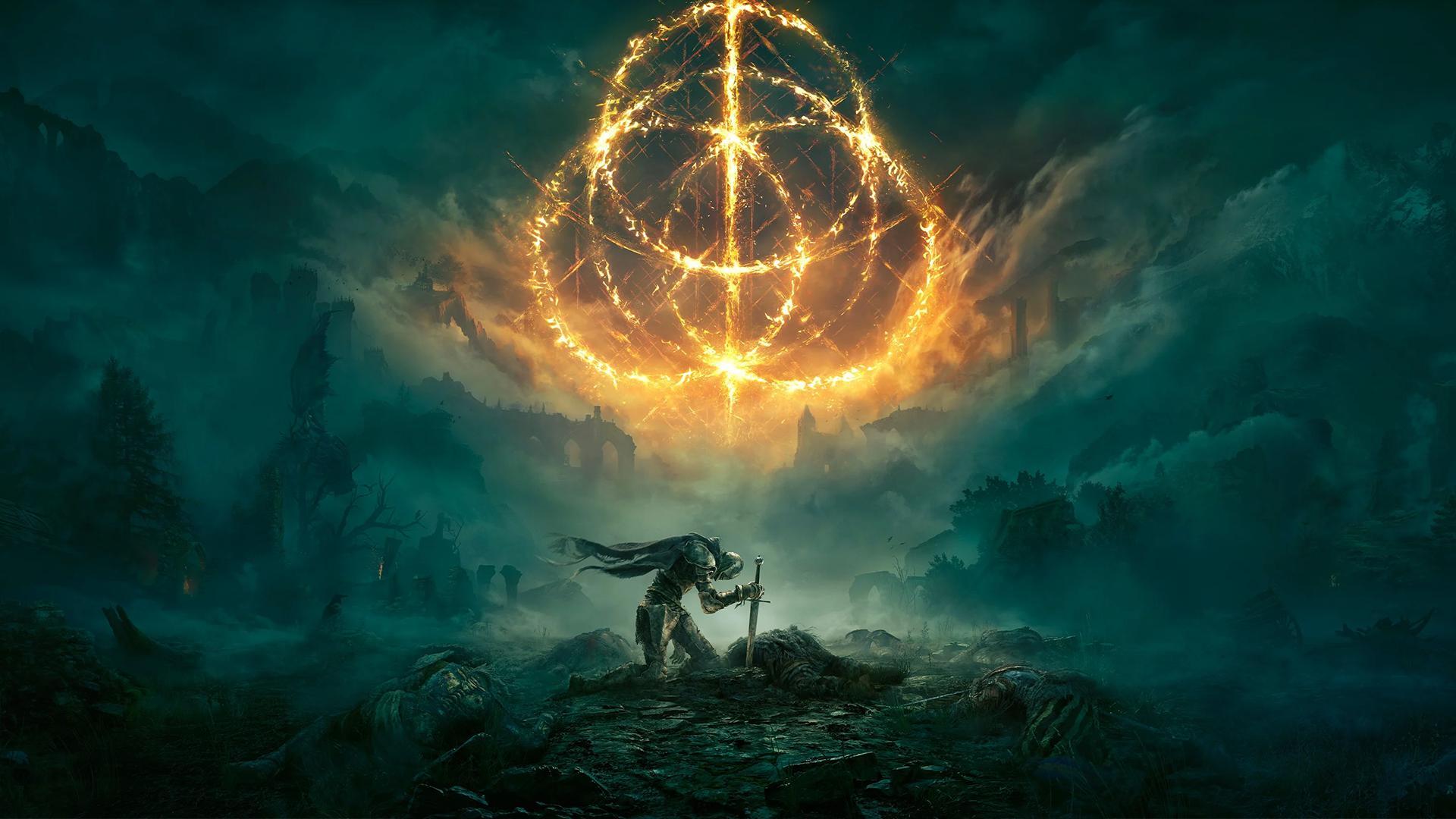 Bandai Namco Entertainment
Bandai Namco EntertainmentThe PC version launched with widespread shader related stuttering during combat and exploration. Frame pacing issues led to a jerky feel even when the frame rate target was technically met. The anti cheat layer conflicted with overlays and input tools that many PC players rely on.
Patches reduced stutter and smoothed out traversal, and driver updates helped further. The game continued to show occasional hitching tied to new effect loads, which reminded players how critical shader management is on PC. The title remained playable, but its early hours on the platform were marked by repeated interruptions.
Watch Dogs
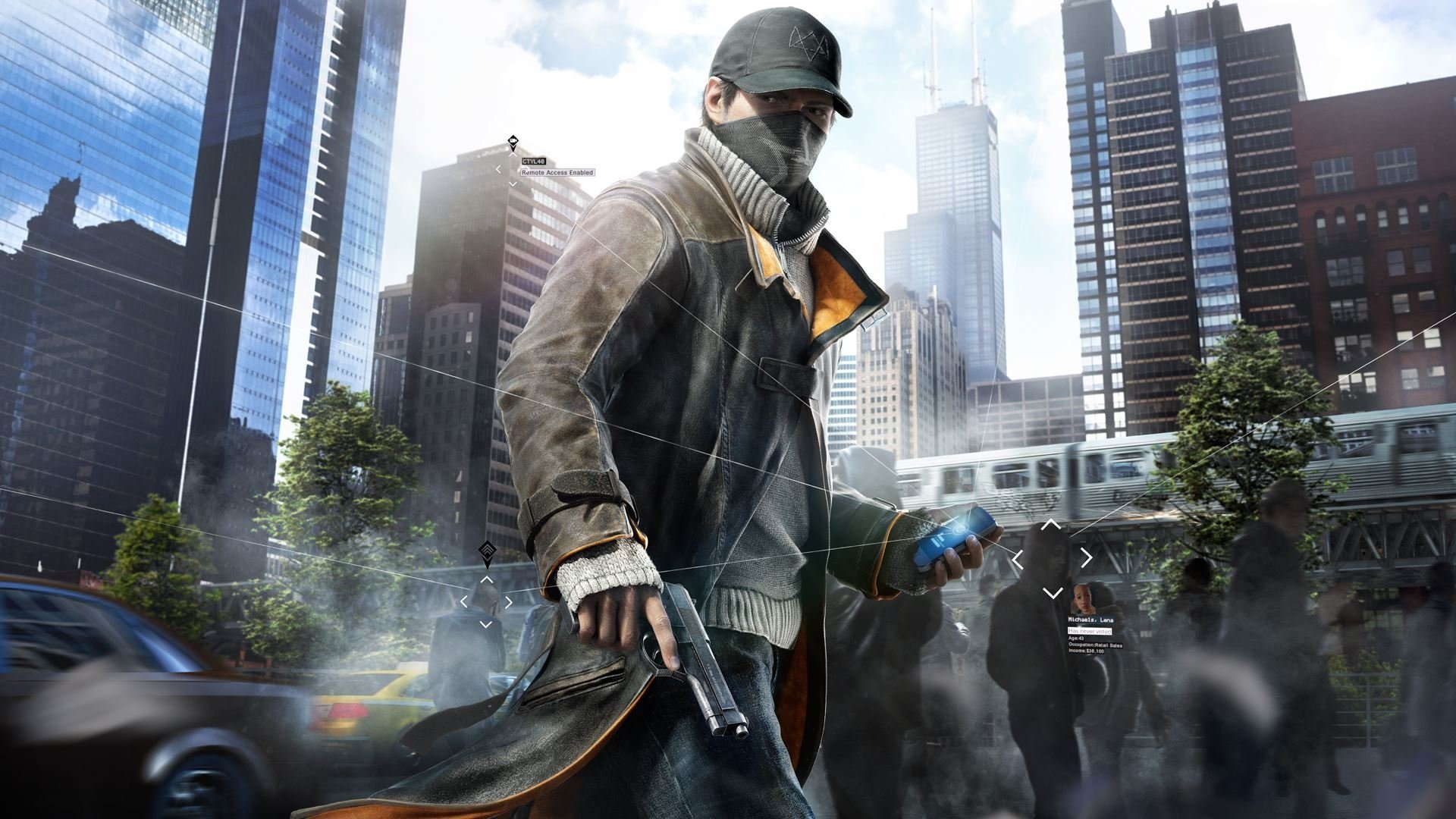 Ubisoft Entertainment
Ubisoft EntertainmentPerformance was inconsistent at launch with heavy stutter in open world areas and during driving. Visual settings lacked clear descriptions and several options incurred a large CPU cost that was not obvious from the menu. Players also noted discrepancies between pre release showcases and the shipping presentation.
Community configuration files emerged that restored certain effects and altered memory behavior to reduce hitching. Official patches improved stability but did not fully eliminate the underlying streaming problems on many systems. The end result required careful tweaking to achieve fluid traversal in the busiest parts of the city.
Deadly Premonition
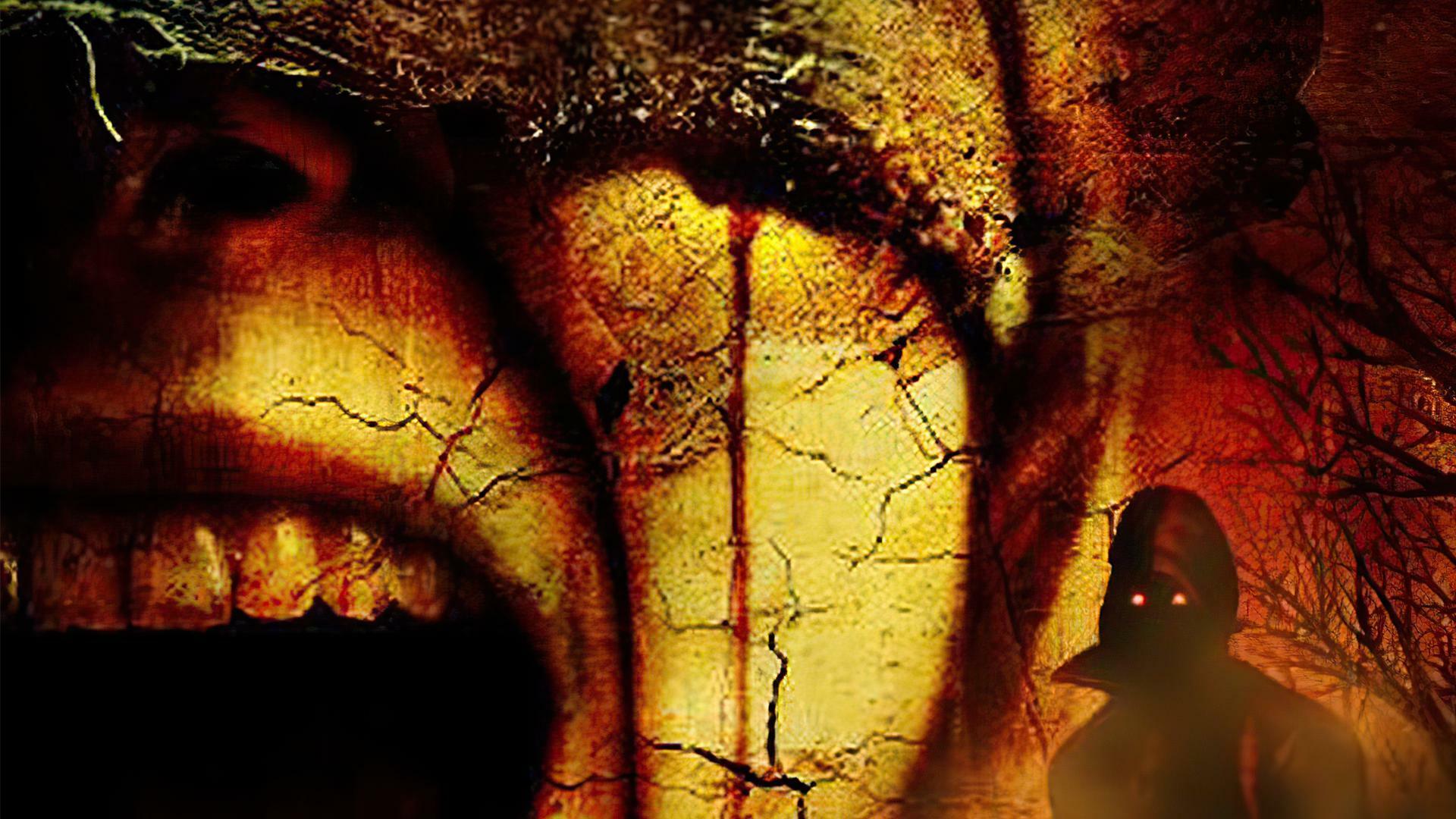 Ignition Entertainment
Ignition EntertainmentThe PC version arrived with a fixed 720p resolution and limited graphics options. Key rebinding was restricted and mouse behavior felt imprecise, which pushed many players to use a controller. The game also suffered from frequent crashes tied to specific cutscenes and areas.
Unofficial tools unlocked higher resolutions and addressed several stability issues, but the improvements depended on third party workarounds. The lack of official fixes meant that patches could break those tools until the community updated them again. It became a textbook example of a minimal effort port relying on modders to fill in gaps.
Devil May Cry 3 Special Edition
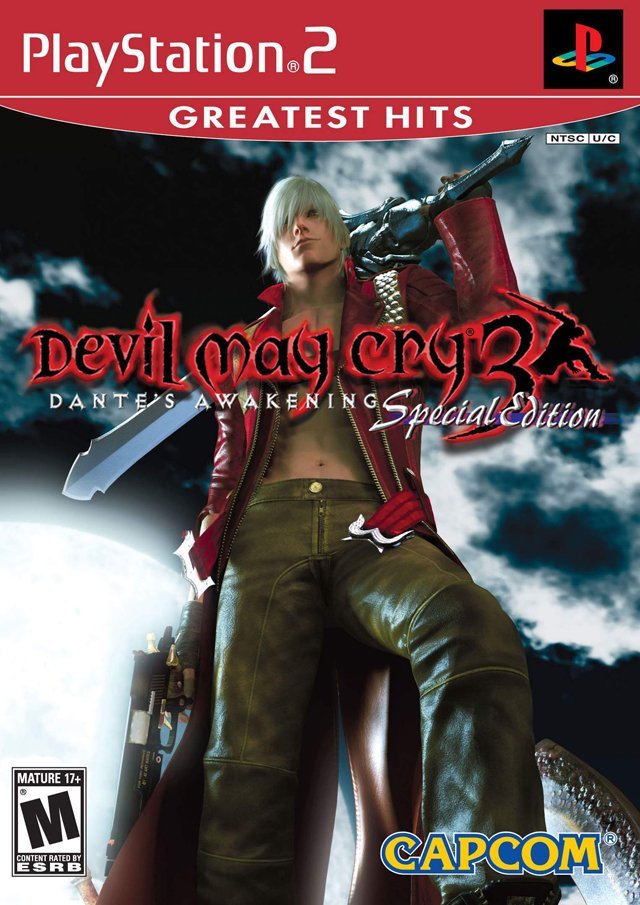 Ubisoft Entertainment
Ubisoft EntertainmentThe port lacked native support for modern controllers and shipped with awkward default bindings. Frame rate was capped at 30 and increasing it could break timing. Widescreen support was absent, which left players with stretched or letterboxed output depending on their setup.
Fans produced fixes that restored proper aspect ratios, improved controller prompts, and stabilized performance. Those solutions required external tools and configuration that many players found confusing. The situation underlined how important native input and display support is for action games on PC.
Ninja Gaiden: Master Collection
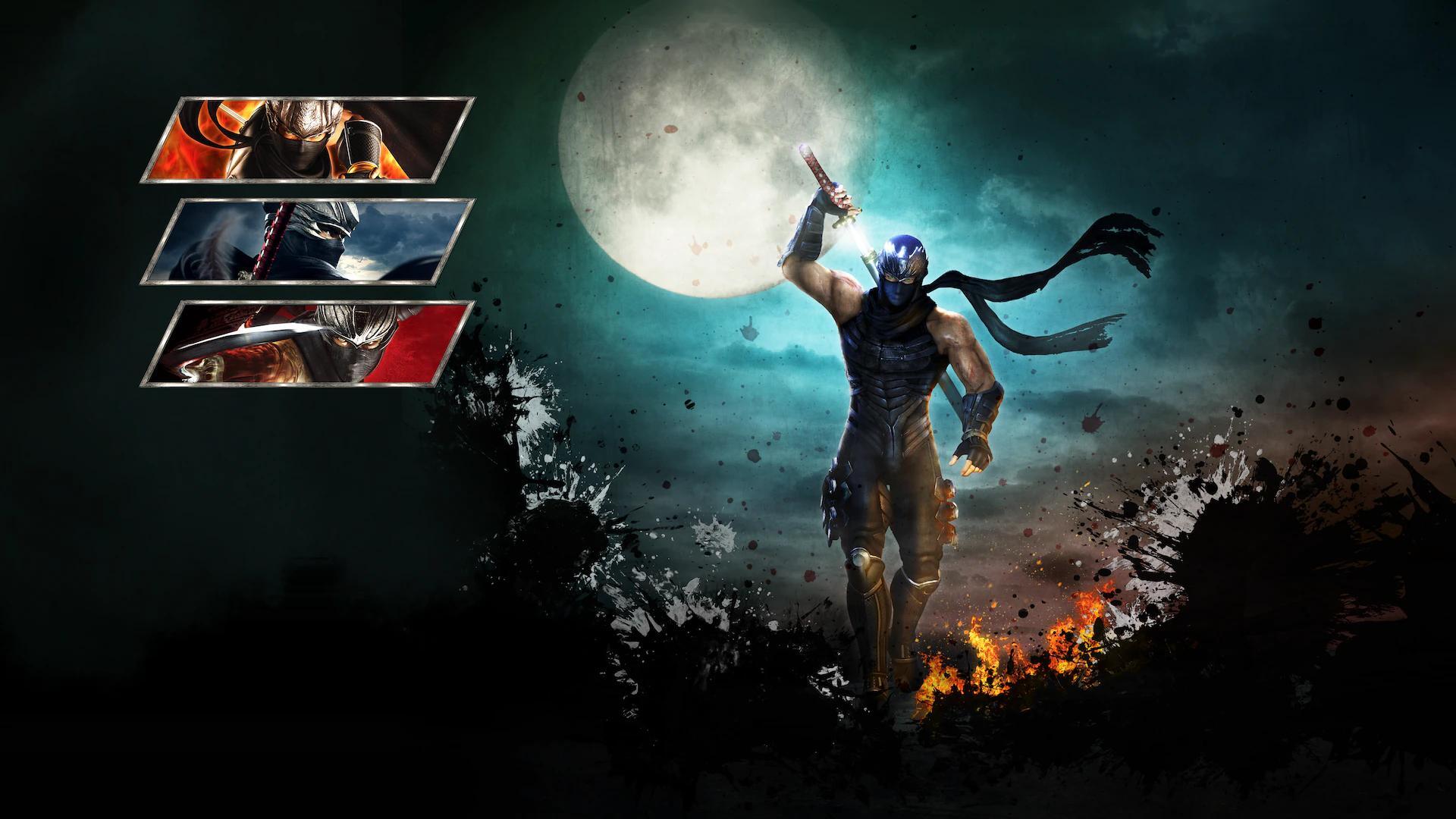 Koei Tecmo Games
Koei Tecmo GamesThe PC release shipped with basic graphics options that did not reflect typical expectations for the platform. Resolution and display mode control were limited and frame rate options were narrow. Keyboard and mouse support felt like an afterthought in a series built around precise inputs.
Updates improved some configuration choices, yet the port never offered the depth of settings players expected. Many users resorted to launching the games with command line toggles or external tools to achieve common display setups. The collection served as a reminder that consistent, modern options matter even for rereleases.
Grand Theft Auto: The Trilogy – The Definitive Edition
 Rockstar Games
Rockstar GamesThe PC version launched with stability problems and was temporarily unavailable through the official launcher. Visual bugs were common, including rain effects that obscured visibility and asset pop in during fast travel. Performance varied widely between scenes and platforms without clear settings guidance.
Patches addressed many visual issues and restored store access, but early adopters faced crashes and missing files. The games also suffered from uneven texture work and model quality that created a distracting presentation on larger monitors. The compilation illustrated how modernizing classics requires careful attention to both performance and art consistency on PC.
Share your picks for disastrous ports and the fixes that saved them in the comments.

.jpeg)

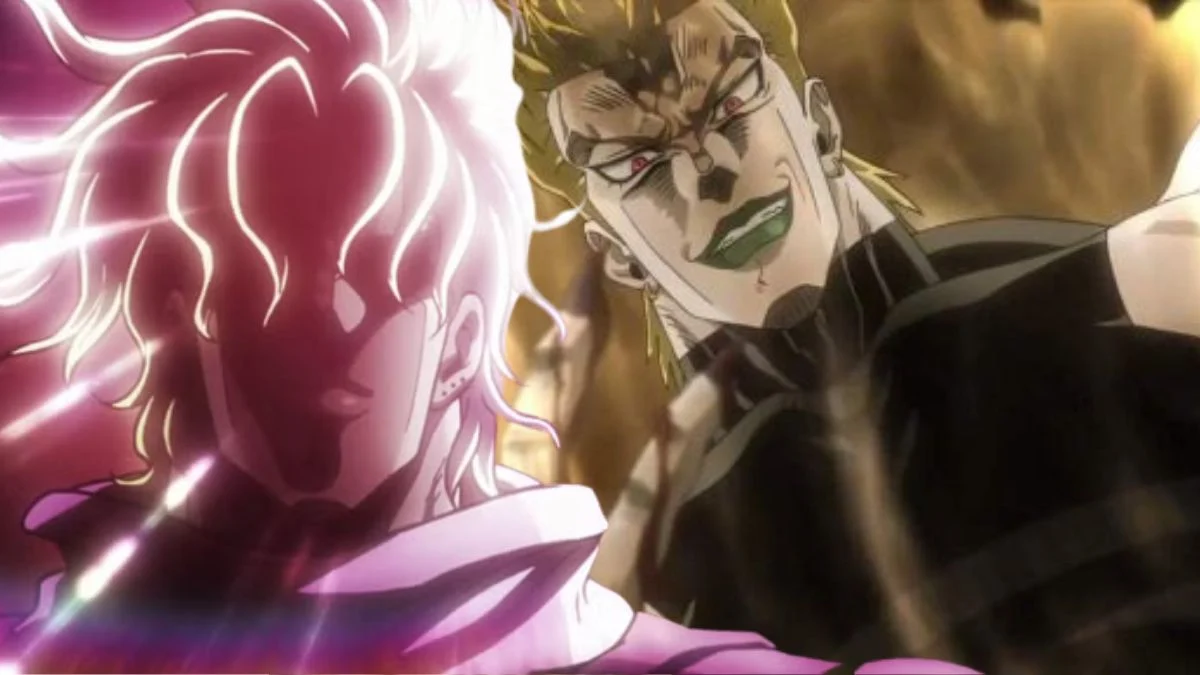
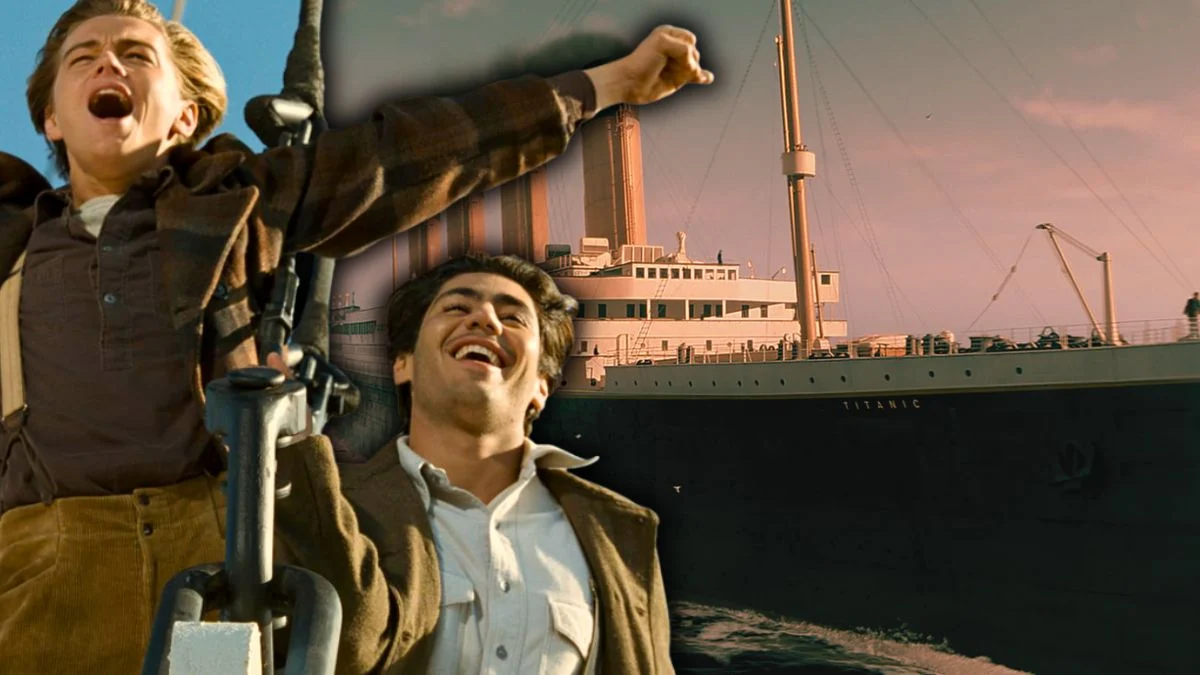
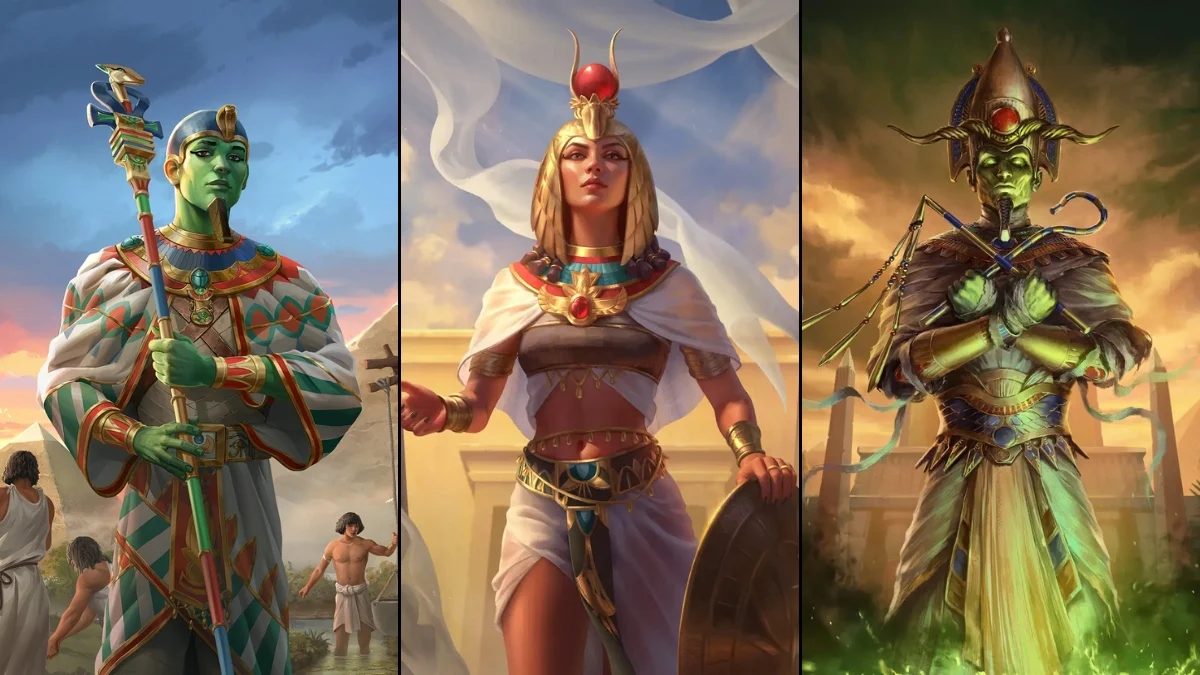




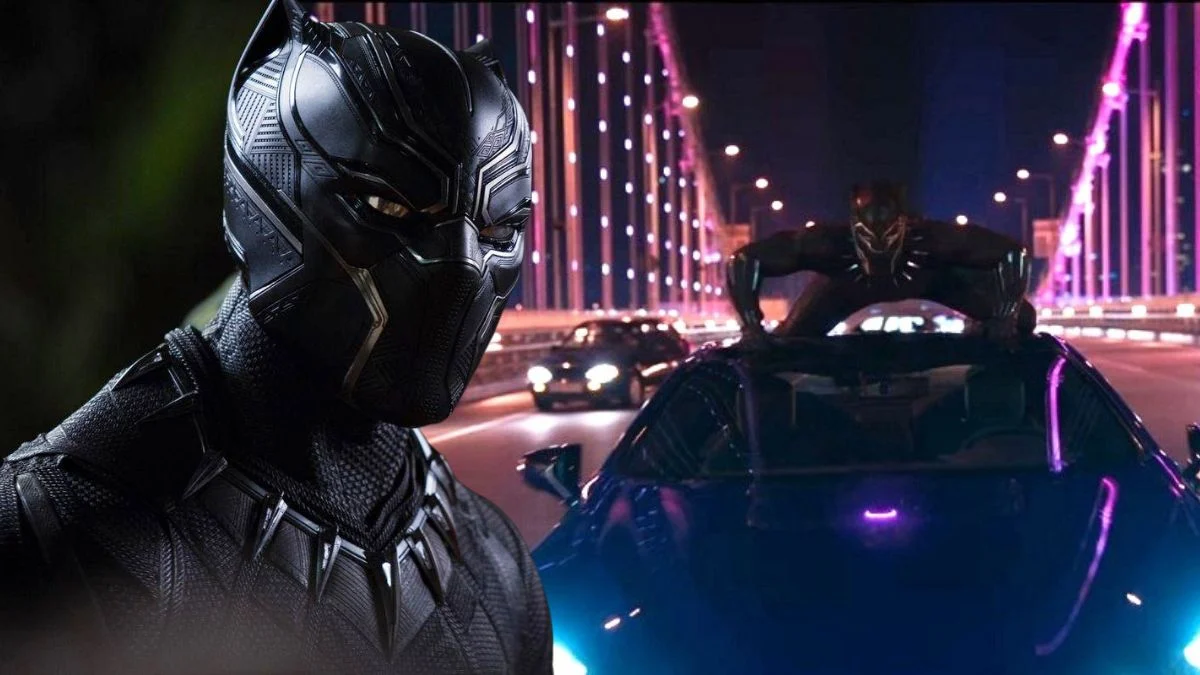

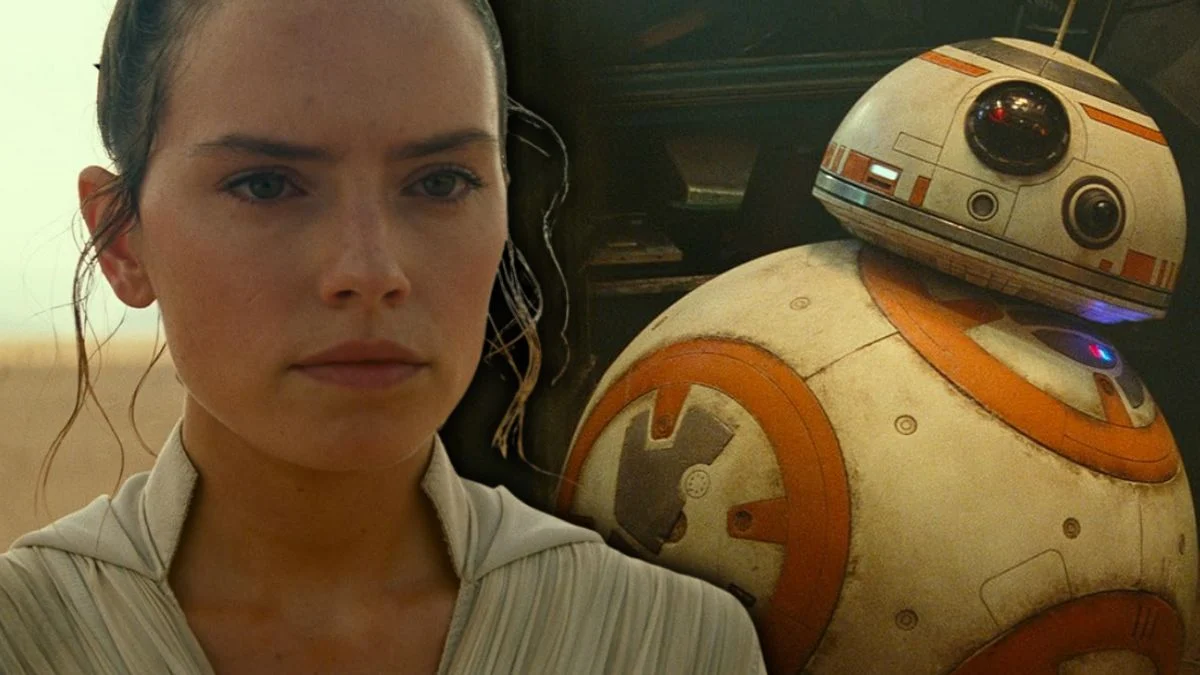


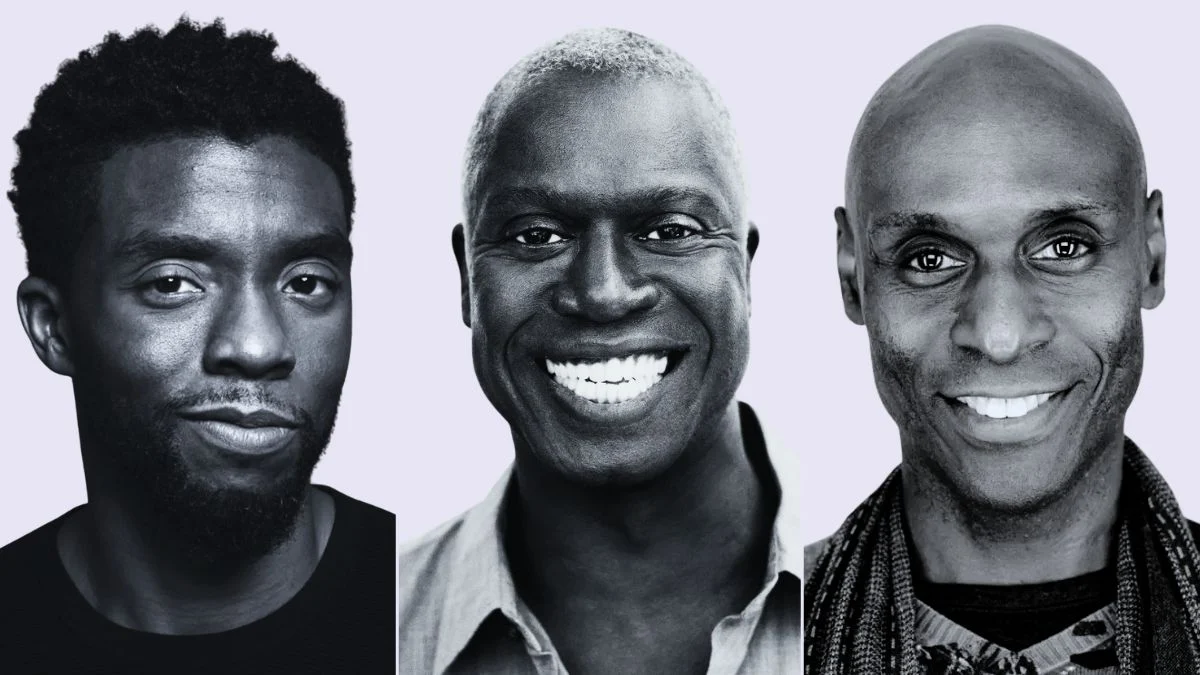



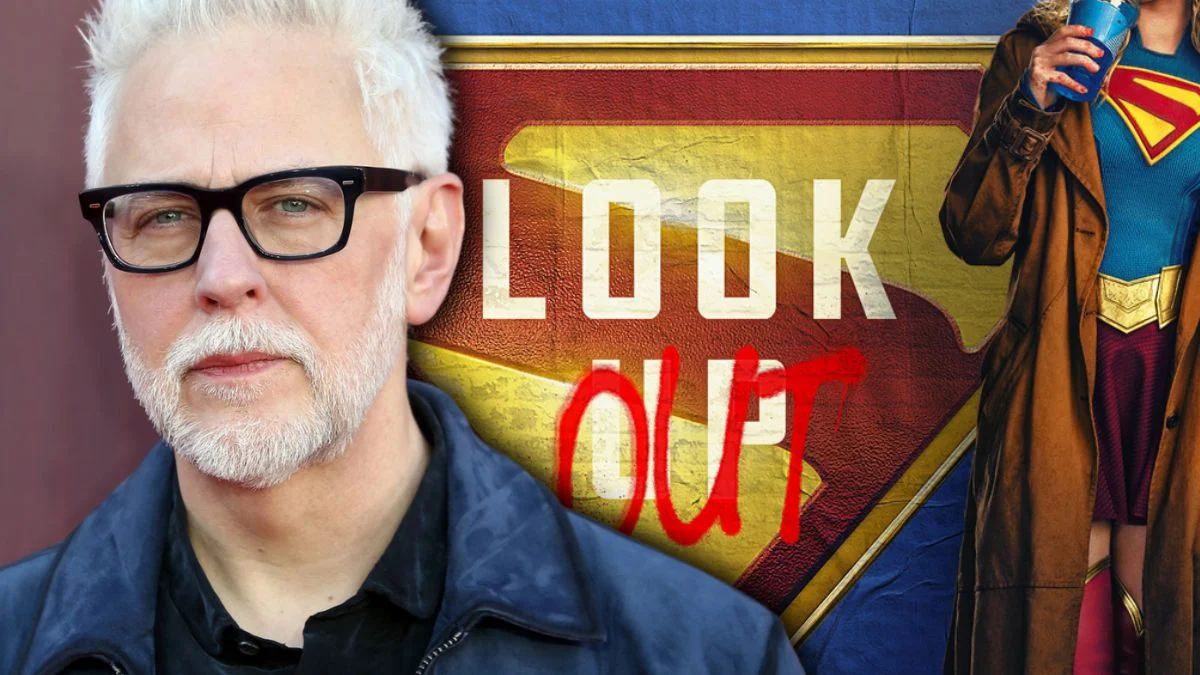
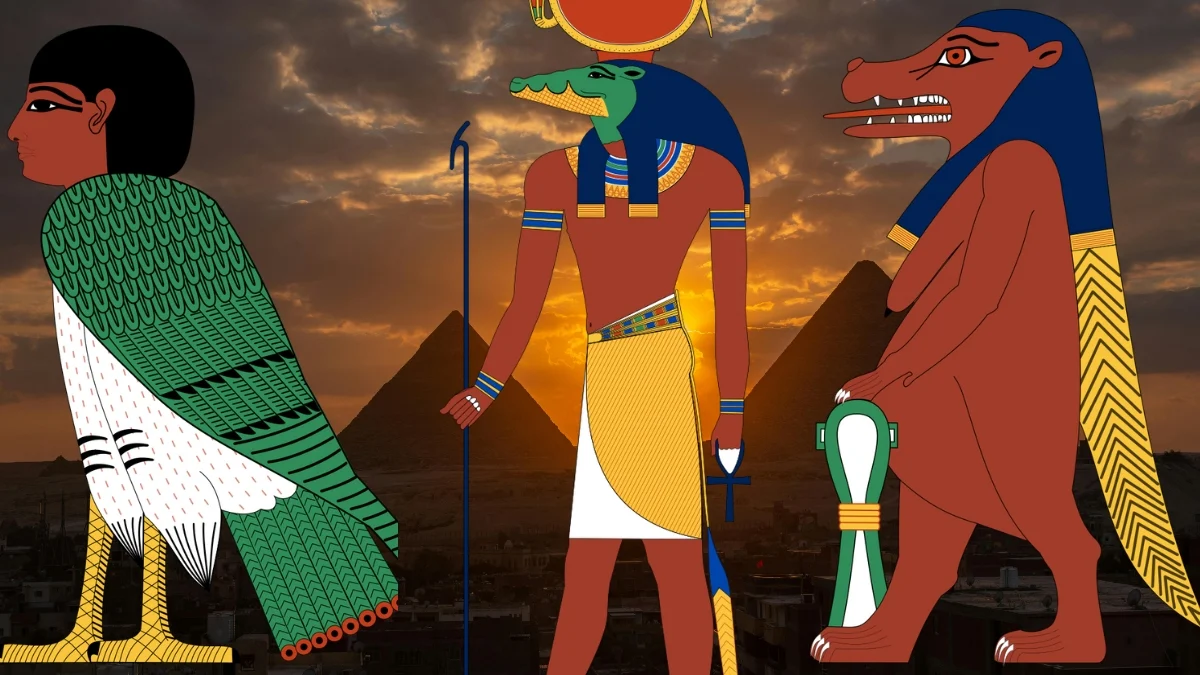



.jpeg)













 English (US) ·
English (US) ·